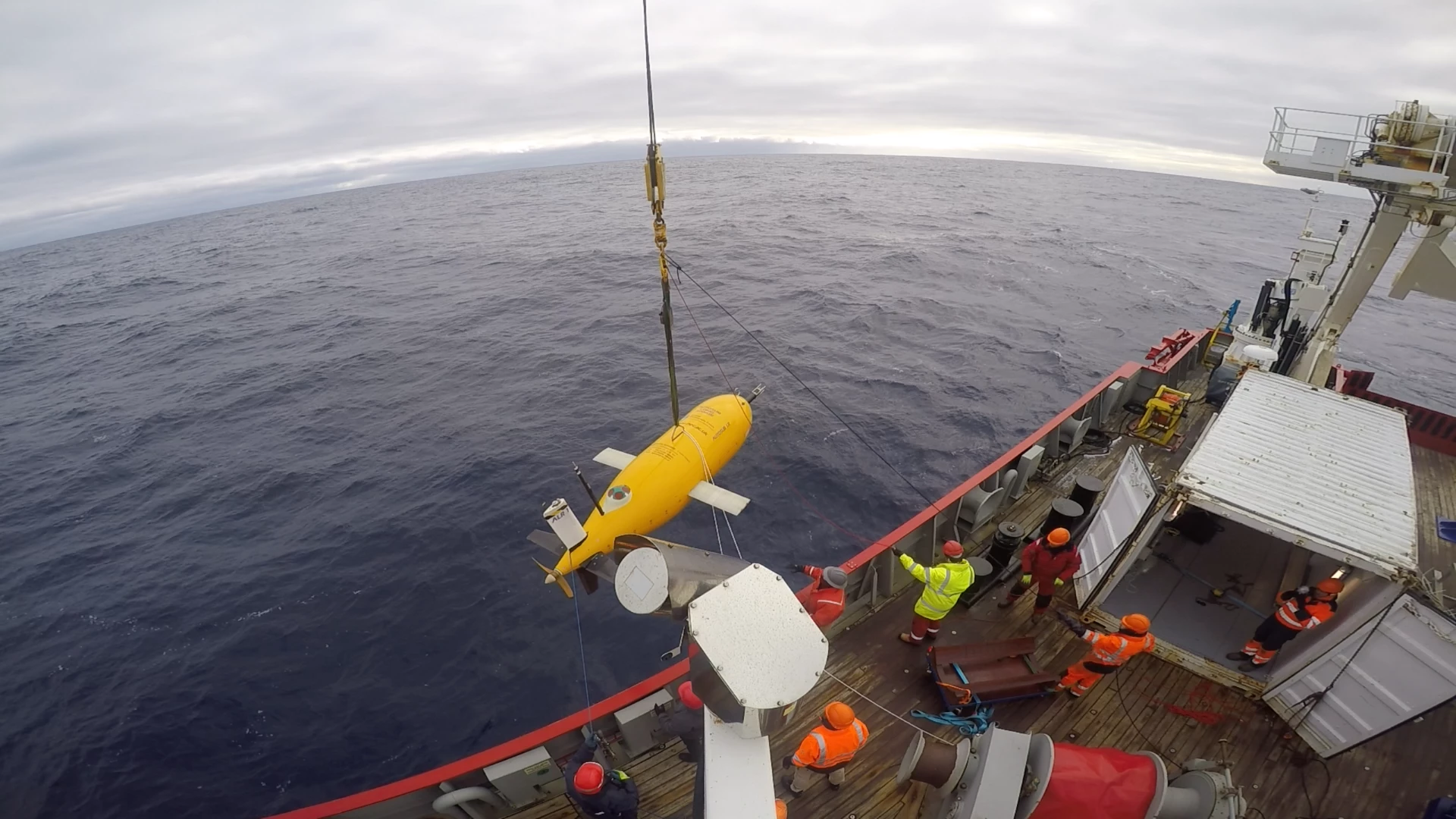Boaty McBoatface, arguably the most famous scientific submersible in the world, has returned to port triumphant after completing its first Antarctic mission. The unmanned submarine survived a seven-week expedition, which saw it brave frigid waters, and allowed the charismatic robot to test its capabilities while gathering valuable scientific data at extreme depths.
The legacy of Boaty McBoatface began with the commissioning of an open call by the British Antarctic Survey (BAS) for suggestions on what to name its future £200 million polar research vessel. Obviously, internet denizens took advantage, with names such as the RRS Boatimus Prime, the RRS Its Bloody Cold Here, and the RRS Boaty McBoatface rising to the fore.
Naturally, Boaty McBoatface won in a landslide.
Quite how the powers that be failed to foresee this eventuality is a question for the ages, but they simply weren't going to allow their shiny new science battleship to bare a name like that. So they did the only thing they could, betray the people, and christen the vessel the RRS Sir David Attenborough. As a consolation to the distraught masses, the title Boaty McBoatface was instead conferred upon a robotic submarine.
This class of robot explorer, known as an Autosub Long Range submersible, is designed to operate autonomously without a tether, to follow out a pre-programmed route and set of observational tasks. Boaty's first mission saw the battery-powered, propeller-driven explorer venture nearly 4,000 m (13,000 ft) below sea level, roughly 500 miles (800 km) off the coast of the Antarctic Peninsula.
The information gathering work carried out by Boaty was part of the Dynamics of the Orkney Passage Outflow (DynOPO) expedition.
"The Orkney Passage is a key chokepoint to the flow of abyssal waters in which we expect the mechanism linking changing winds to abyssal water warming to operate," Professor Alberto Naveira Garabato of the University of Southampton, and lead scientist of DynOPO said in a statement. "Our goal is to learn enough about these convoluted processes to represent them (for the first time) in the models that scientists use to predict how our climate will evolve over the 21st century and beyond."
Over the course of its first tour of duty, the submarine embarked on a number of missions, each time setting off from the British marine research vessel the RRS James Clarke Ross. The longest of these dives saw Boaty travel roughly 180 km (112 miles) over three days, through waters colder than 0° C (32° F), in order to measure the temperature, salinity, water flow, and turbulence of the waters in the deep water passage. Scientists hope that subsequent analysis of the data will yield insights into the process of ocean mixing, and its relationship with impact on climate change.
The return to safe harbor in Southampton, UK, last week represents only the first chapter in the legend of Boaty McBoatface. Future forays will see the submersible operate from the RSS Sir David Attenborough, once it sets sail in 2019.
Source: National Oceanography Centre




